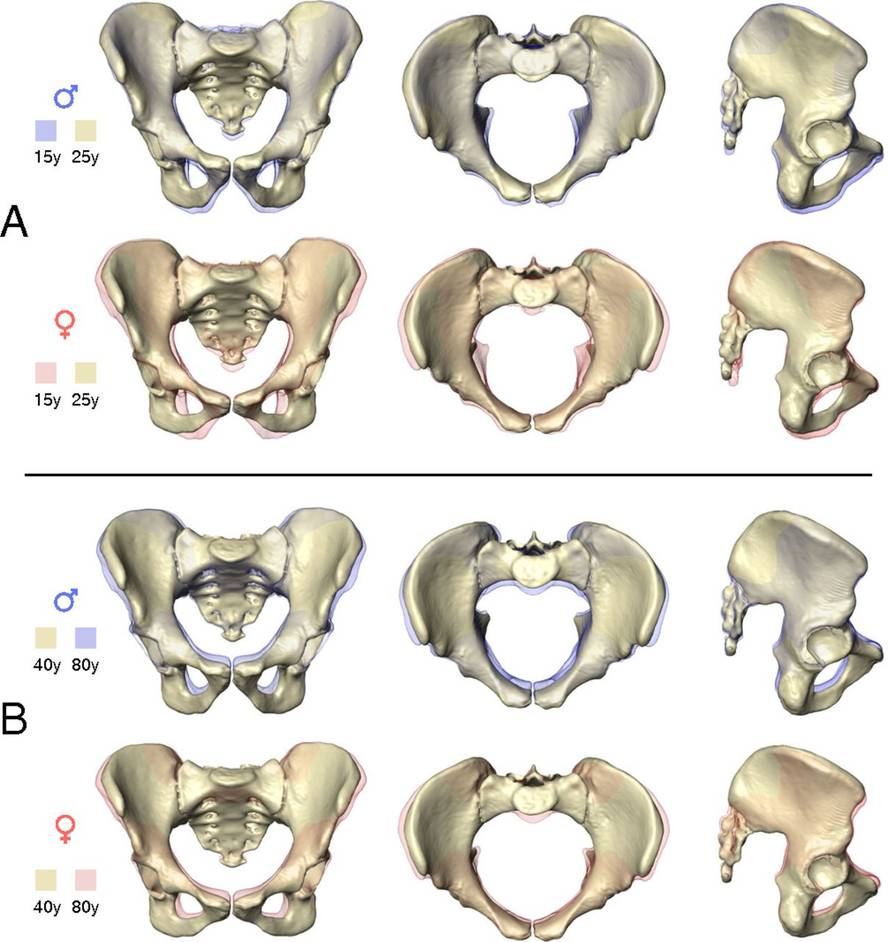The extension of the pelvis to women the time of greatest fertility to facilitate childbirth

The question that many anthropologists have posed has been why evolution has not prepared the female pelvis to have easier and painless deliveries. We have longer births than other animals: it takes half 9 hours to give birth and the big monkeys only 2 hours.
The answer to the question has been that the tightening of the pelvis was a consequence of the bipedal of the human species; that evolution had to seek a balance, partly because the child of the big brain needed a wide pelvis to give birth, but also because he squeezes the pelvis to walk in two legs.
However, a new study conducted at the University of Zurich reveals that the change in size and shape of the pelvis is not due to evolution, but to ontogeny, the individual development of each woman. In fact, they have seen that until puberty the development of the pelvis of men and women is similar, but that once puberty begins, the female pelvis spreads, unlike the man, to facilitate delivery. The female pelvis reaches its greatest extension at age 25 and remains so until age 40. From there, the pelvis tightens again and the dimensions of the birth canal are reduced considerably, assimilating more to the male pelvis. These changes in pelvic development are due to hormonal changes in puberty and menopause.
The extension and tightening of the pelvis tends, therefore, to guarantee the two functions: in the time of greatest fecundity it is extended to facilitate the deliveries of children, characterized by being a species with children of great brain, while a morphology after the reproductive period more narrow facilitates the stability of the waist and the erection.
Watch video here.





